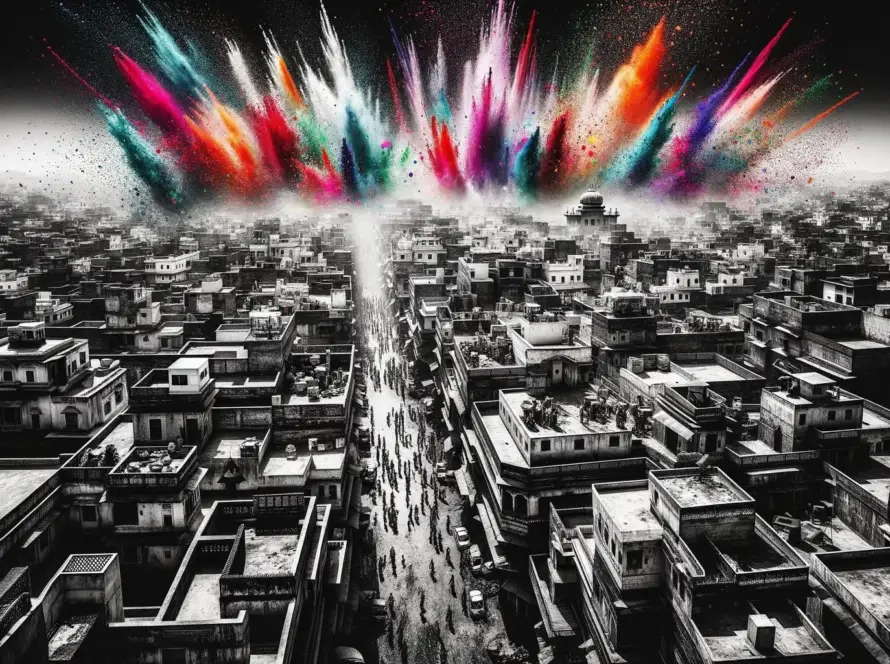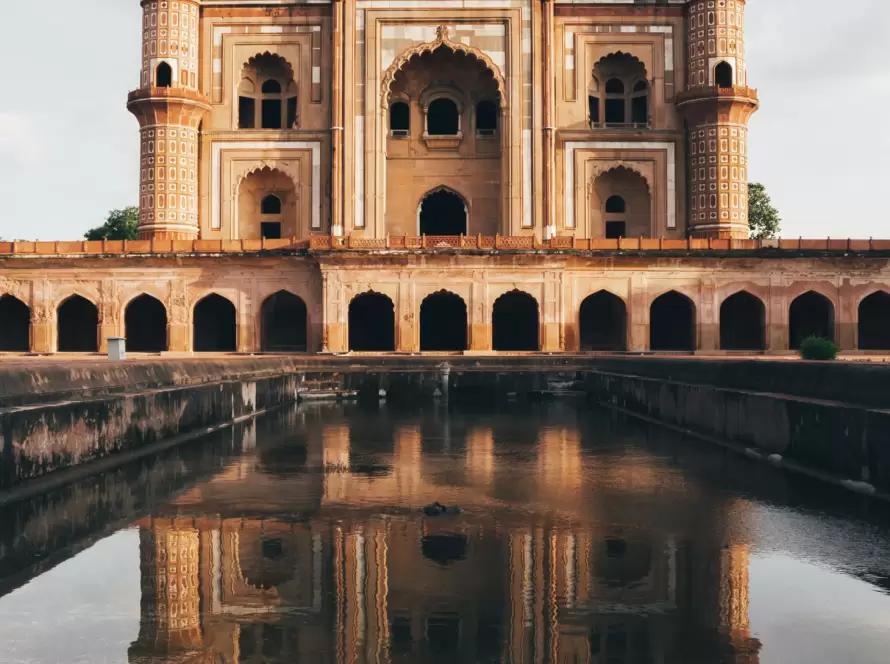Generated by Contentify AI

India’s rich heritage of silk weaving has captivated the world for centuries. The intricate art of silk weaving has been an integral part of Indian culture, reflecting the country’s craftsmanship and tradition. From vibrant sarees to luxurious fabrics, India’s silk weaving industry has continued to thrive, blending traditional techniques with contemporary designs.
The diversity of silk weaving in India is unparalleled, with each region boasting its own distinct style and patterns. Varanasi, for instance, is renowned for its exquisite Banarasi silk sarees, characterized by opulent gold and silver zari work. On the other hand, Kanchipuram silk sarees from Tamil Nadu are esteemed for their rich colors, bold borders, and intricate motifs inspired by nature and temples. The intricate craftsmanship and attention to detail have made Indian silk a symbol of elegance and luxury worldwide.
Furthermore, the revival of traditional handloom weaving has been pivotal in sustaining the legacy of Indian silk. Artisans, often working from their homes, meticulously hand-weave intricate designs, keeping age-old techniques alive. The dedication and expertise of these artisans are evident in every piece of silk fabric, showcasing the timeless beauty and cultural significance of Indian silk weaving. With a growing appreciation for sustainable and ethically sourced products, Indian silk is experiencing a resurgence in the global fashion and textile industry.
India’s heritage of silk weaving is not just about fabric; it is a story of resilience, creativity, and artistry that has been passed down through generations. As we delve into the world of Indian silk weaving, we discover a tapestry of tradition, innovation, and a vibrant cultural legacy that continues to inspire and enchant the world.
Key Takeaways
- India has a rich heritage of silk weaving, with various regions known for their unique techniques and styles of silk production.
- Silk weaving is not only a traditional craft in India but also holds significant cultural and economic importance, with many skilled artisans and weavers dedicated to preserving this ancient art form.
- The intricate designs, vibrant colors, and quality of Indian silk have contributed to its popularity not only within the country but also in the global market, attracting enthusiasts and buyers worldwide.



